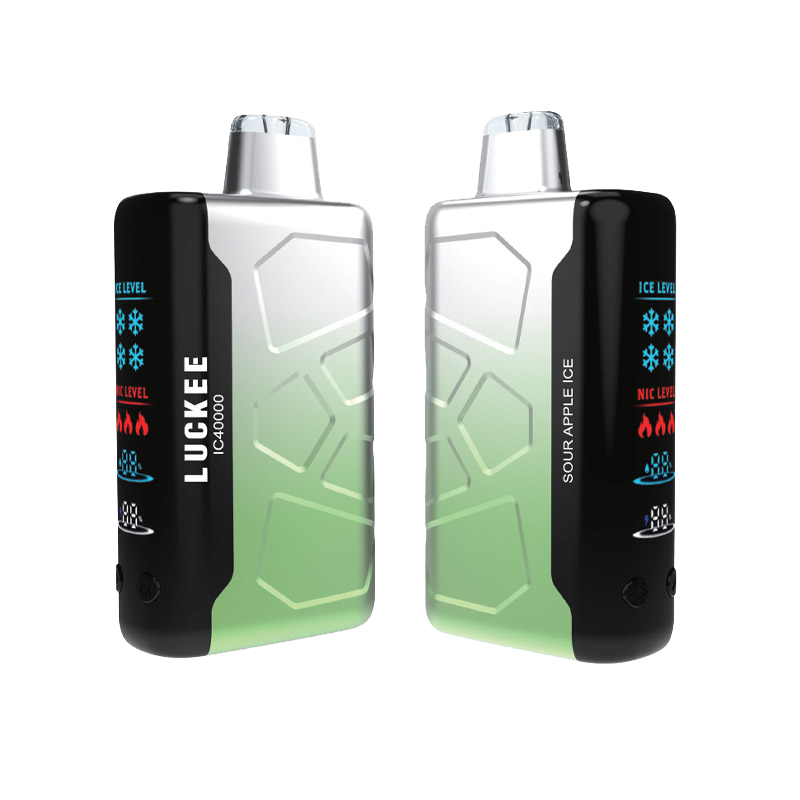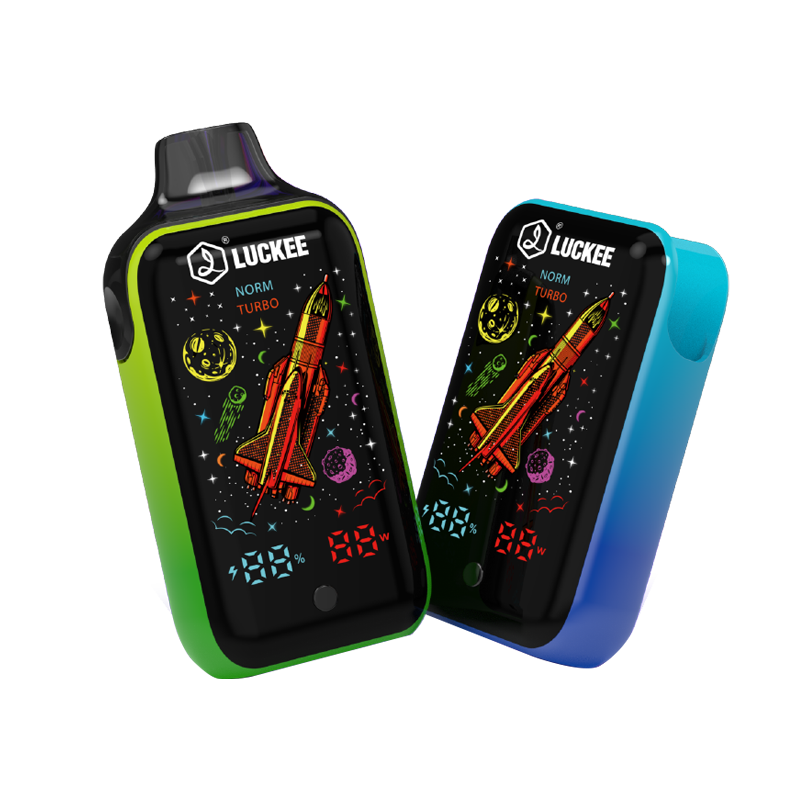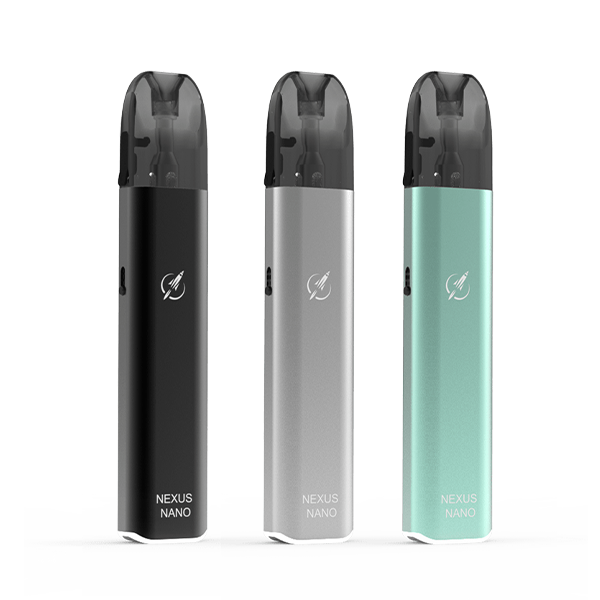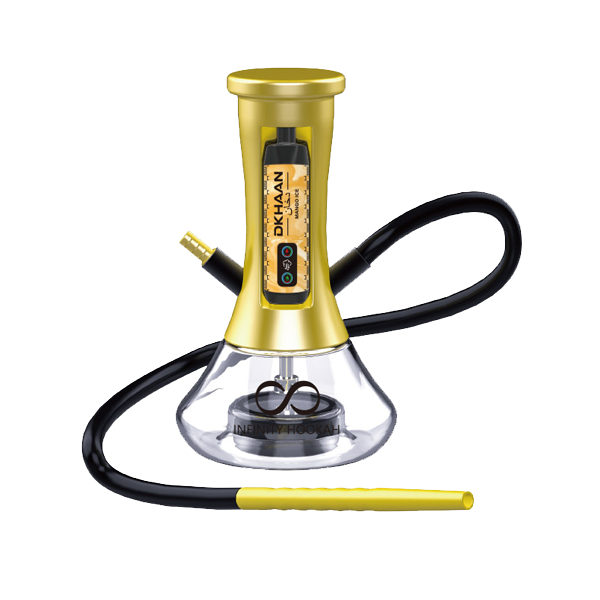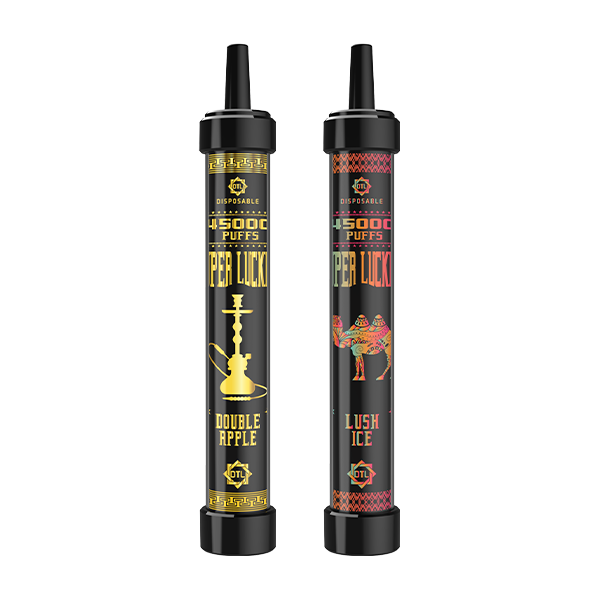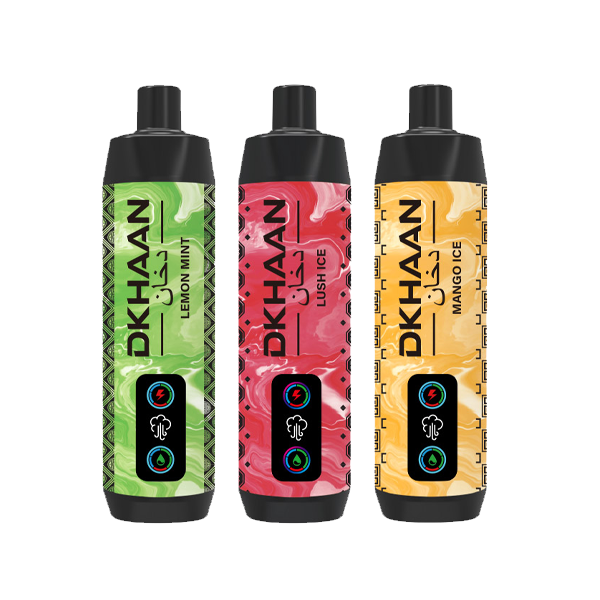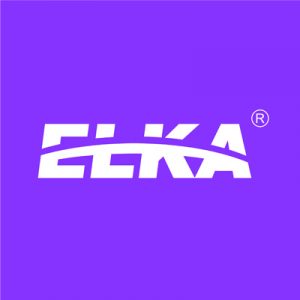In the dynamic world of consumer goods, few industries have witnessed such rapid shifts in product lifecycles as the e-cigarette market. Once heralded as revolutionary and offering smokers a new way to enjoy nicotine, E-cigarette products are facing an era of accelerated obsolescence. The once consistent flow of bestsellers is now plagued by the frequent emergence of dead stock, as manufacturers and retailers grapple with shortened product cycles. But why is this happening? This article will explore the factors behind the shrinking product lifecycles of e-cigarette products, diving into trends, market behavior, regulatory changes, and consumer preferences that have contributed to this shift.
The Rapid Evolution of E-cigarette Products
The e-cigarette product industry has evolved significantly since its inception, from simple, disposable devices to sophisticated, customizable products. E-cigarette product cycles once followed a more predictable pattern. A product would enter the market, achieve strong sales, and remain in the spotlight for a significant period before being replaced by a newer model. However, over the past few years, the time frame for these cycles has shrunk dramatically.
This shift can be attributed to several factors, including innovation, competition, and evolving consumer expectations. Manufacturers are under constant pressure to release new models with improved features to stay relevant in an overcrowded market. This has led to a situation where older products quickly become obsolete, and new versions are released more frequently.

Innovation and the Need for Constant Upgrades
One of the key drivers of shorter product cycles in the e-cigarette product industry is the relentless pace of innovation. Companies are keen to introduce new features and designs to keep up with consumer demand for better and more personalized experiences. The desire for improved performance, such as longer battery life, better vapor production, and enhanced flavor options, has led to frequent updates in product lines.
As a result, manufacturers are releasing new iterations of their devices at an accelerated rate. This constant push for innovation has made it difficult for any one e-cigarette product to remain at the forefront for long. As soon as a product becomes popular, competitors quickly introduce new models with updated features, pushing the older versions into obsolescence.
This has created a situation where the life cycle of an e-cigarette product is much shorter than that of many other consumer goods. The fast pace of innovation means that even the most successful products can quickly lose their appeal.
Competition and Saturation in the Market
The e-cigarette product market has become highly competitive, with numerous brands vying for consumer attention. This intense competition has forced companies to focus on differentiation, leading to the release of a wider variety of e-cigarette products. While this provides consumers with more choices, it also means that the market is flooded with similar products, making it harder for any single item to maintain a strong presence for an extended period.
In the past, a single breakthrough e-cigarette product could dominate the market for years. Today, however, the market is saturated with various alternatives, each promising to offer something unique. The sheer volume of choices available to consumers means that product cycles are becoming increasingly compressed, as new products rapidly replace older models.
The saturation of the market also means that consumers are less likely to remain loyal to a particular brand or product for long. With so many options available, they are more inclined to switch to newer products as soon as they are released, contributing to the shrinking lifespan of e-cigarette products.
Regulatory Changes and the Impact on E-cigarette Product Lifecycles
Regulation has become a significant factor in the e-cigarette product industry, influencing the development and release of new products. Governments around the world are introducing stricter rules and guidelines for the sale and marketing of e-cigarettes, which have had a direct impact on the product lifecycle.
For example, in many regions, e-cigarette products are subject to intense scrutiny and regulatory approval before they can be sold to the public. This has led to delays in product releases and the need for continuous adjustments to comply with new regulations. As a result, products that might have had a longer shelf life in the past are now subject to quicker changes in order to meet evolving regulatory standards.
In some cases, regulatory changes have led to the discontinuation of certain e-cigarette products altogether. For example, flavors that were once popular among consumers have been banned in certain jurisdictions, forcing manufacturers to pivot quickly and release new products that comply with the new rules. These frequent regulatory shifts add to the pressure on companies to constantly innovate and update their product lines, further shortening product cycles.
Consumer Behavior and the Shift Towards Disposable E-cigarettes
The rise of disposable e-cigarettes has also played a role in shrinking product lifecycles. Disposable devices, which are designed for single-use or limited use, have become a popular choice among consumers. These products are often marketed as convenient and easy to use, making them an attractive option for those who are new to vaping or those who prefer not to invest in more expensive, long-term devices.
However, disposable e-cigarettes also have a shorter product lifecycle by nature. Since these devices are meant to be discarded after a certain amount of use, manufacturers are constantly introducing new versions to meet consumer demand for variety. This rapid turnover of disposable products has contributed to the overall trend of shorter product cycles in the industry.
Moreover, the disposable e-cigarette market is highly trend-driven, with consumers flocking to new products based on flavor offerings, design, or brand reputation. As a result, older models quickly lose popularity, and new products must be introduced regularly to capture consumer interest.
The Role of Marketing and Brand Loyalty
Marketing plays a significant role in shaping consumer perceptions of e-cigarette products. Companies use various strategies to create a sense of urgency around new product releases, often highlighting limited-edition flavors or exclusive features. This creates a sense of excitement and exclusivity, driving consumers to purchase the latest products as soon as they hit the market.
Brand loyalty in the e-cigarette industry is also more fluid than in many other sectors. Consumers are often drawn to the latest trends, and as such, they may switch brands or products frequently. This behavior further shortens the lifespan of individual e-cigarette products, as manufacturers must continually find new ways to keep their products fresh and exciting.
The Impact of E-cigarette Product Lifecycles on Retailers
For retailers, the shrinking product lifecycle of e-cigarettes poses significant challenges. With products quickly becoming outdated, managing inventory becomes more complicated. Retailers are often left with unsold stock of older products, which may no longer appeal to consumers due to newer models taking center stage.
This rapid turnover of stock can lead to significant losses for retailers who are stuck with dead stock. To mitigate this risk, many retailers are now focusing on carrying only the latest and most popular e-cigarette products. However, this strategy requires constant monitoring of trends and consumer preferences, as well as a willingness to quickly shift inventory to accommodate new releases.
Retailers must also stay on top of regulatory changes, ensuring that they are not selling products that may be banned or subject to new restrictions. The pressure to remain compliant and up-to-date with the latest trends has created an environment where the e-cigarette product market moves at lightning speed.
The Future of E-cigarette Product Cycles
Looking ahead, it seems likely that the trend of shrinking product cycles will continue in the e-cigarette industry. As technology continues to evolve and consumer expectations shift, manufacturers will need to keep pace with rapid innovation to remain competitive. Regulatory pressures and market saturation will also contribute to shorter product lifecycles.
However, this doesn’t necessarily mean the end of the e-cigarette market. Instead, it may lead to a more diversified industry, with products that cater to different consumer needs and preferences. Manufacturers who can balance innovation with sustainability and consumer demand may be better positioned to thrive in a market where product lifecycles are constantly shrinking.
For those interested in exploring the latest and most popular e-cigarette products, sites like Luckee Vape offer a wide selection of devices that reflect the latest trends and innovations in the industry. By staying ahead of the curve and understanding the factors driving these shifts, consumers and businesses alike can navigate the ever-changing world of e-cigarette products.

